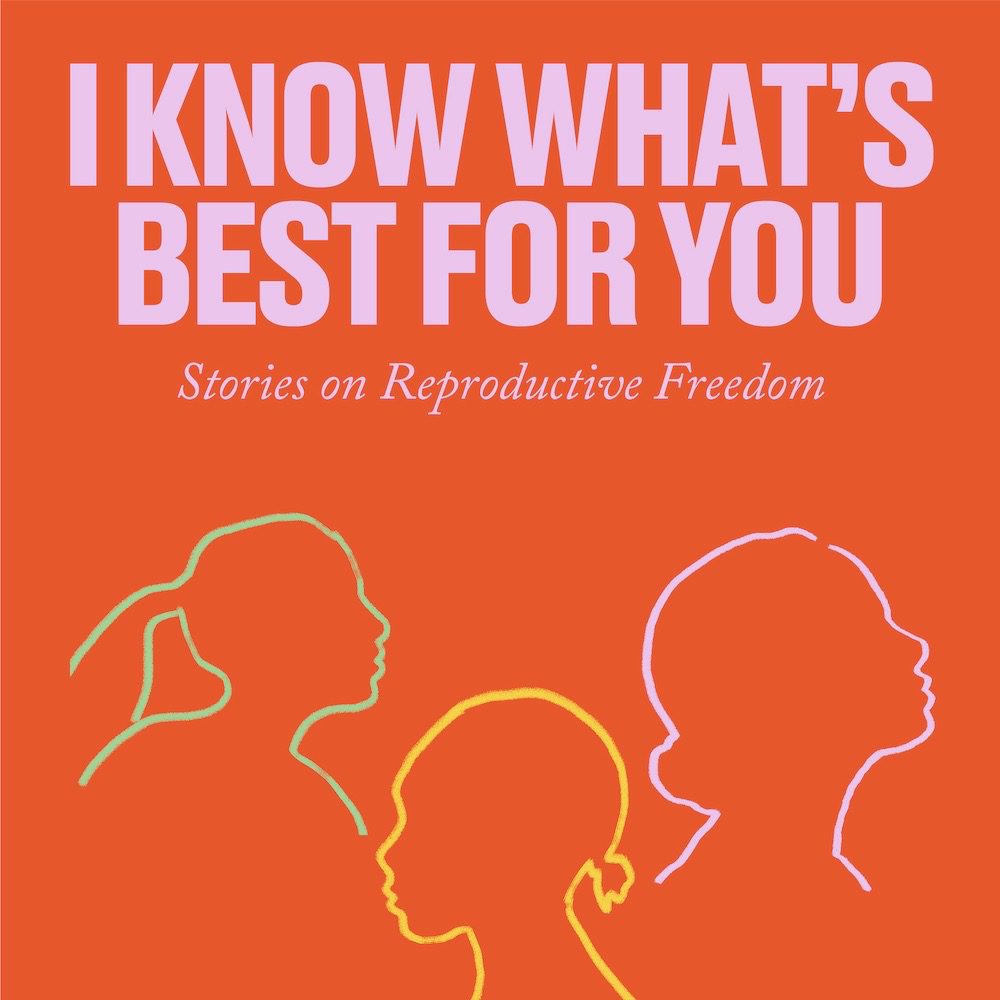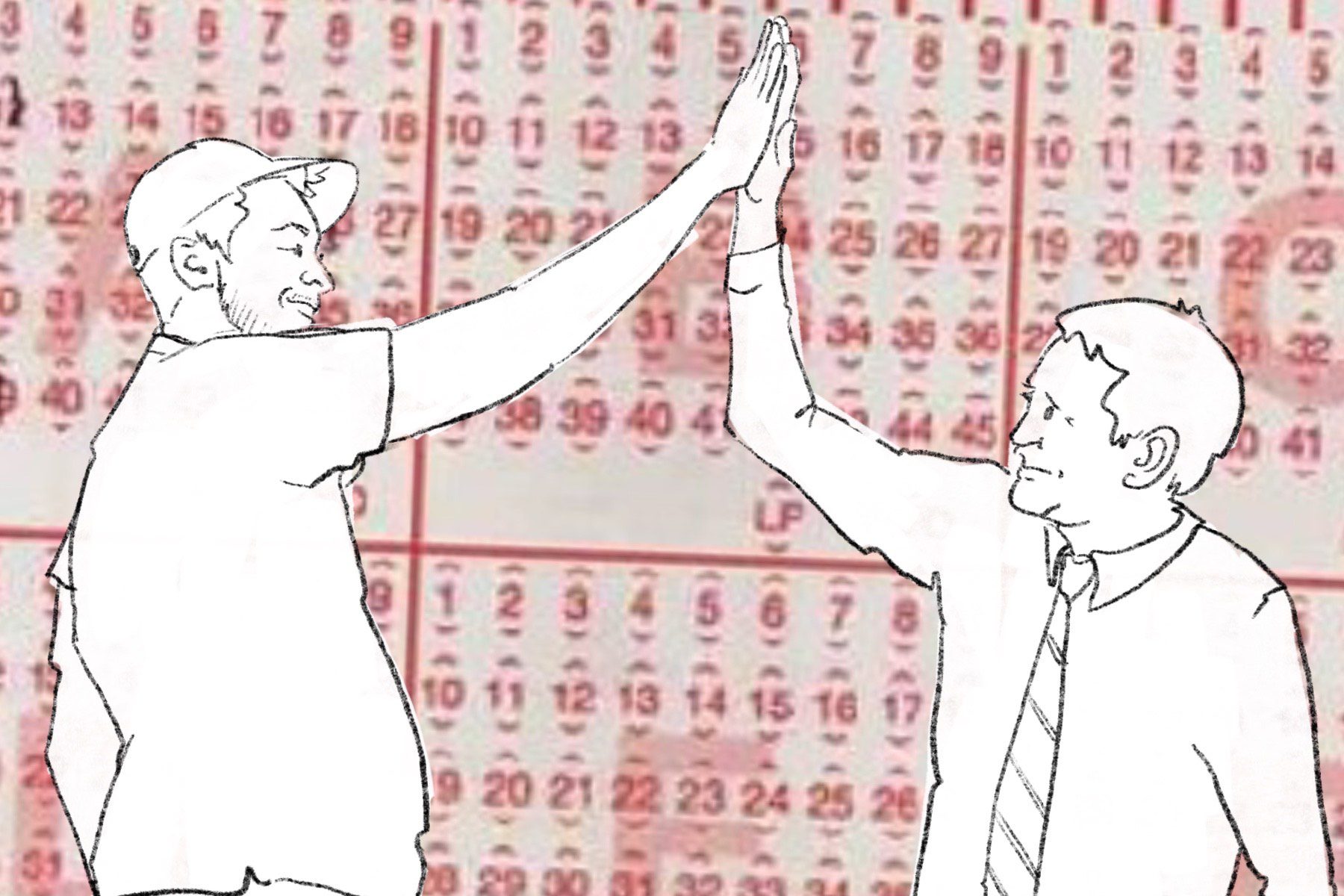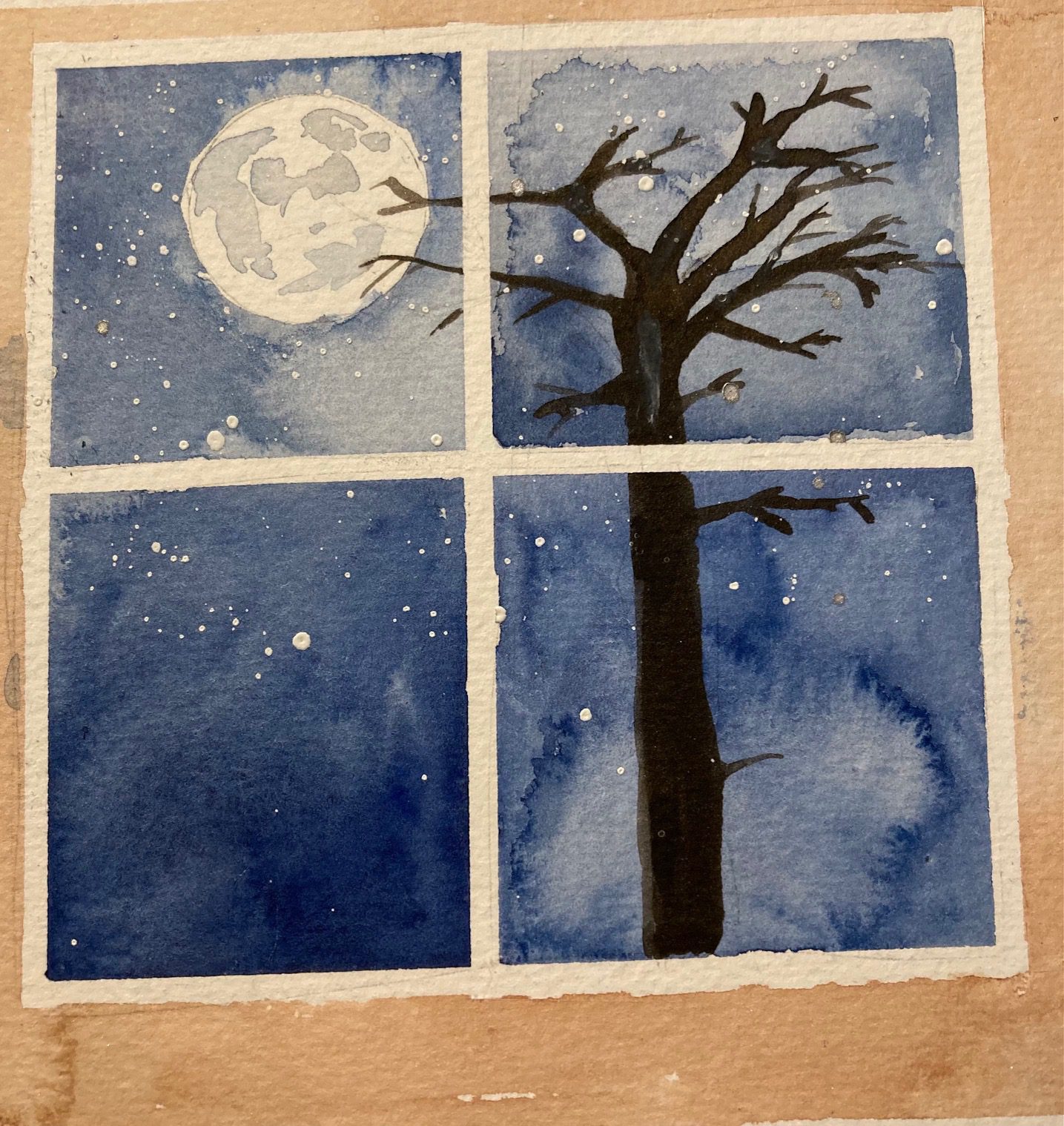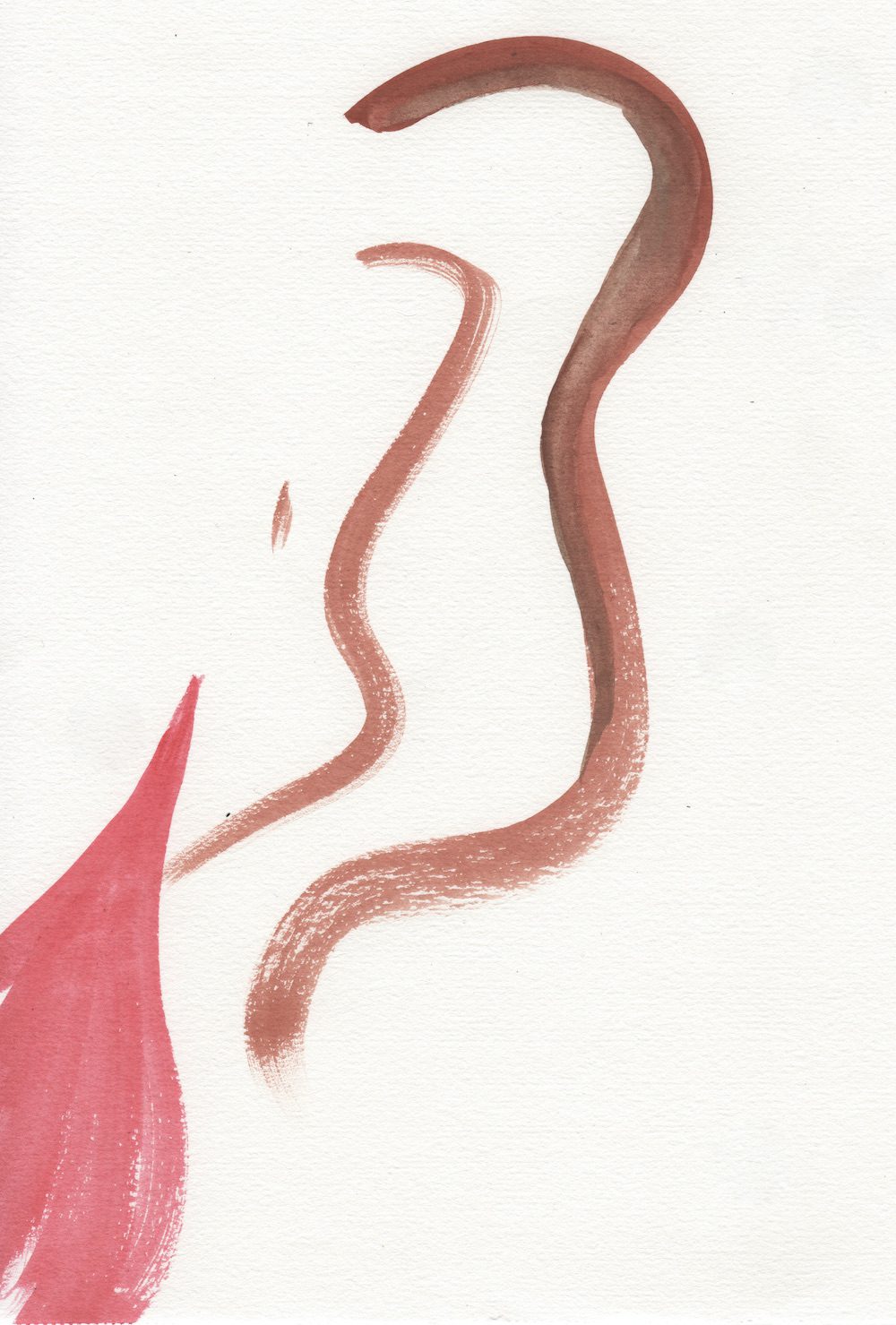I was somewhere in a big room in an old apartment in New York. The room was in a brownstone, or limestone, and had what appeared to be twenty-foot-high ceilings. There were baroque moldings around the ceilings, around the tops of the radiator covers and on the mantelpiece. The apartment was on the fifth floor and there was no elevator, but it was near Gramercy Park.
This was during the era when very young women could afford such places with a roommate or two. The roommates in this apartment were happy that they’d found this great deal. I was so young that I lived in a much-worse situation, which I didn’t notice at the time but now look back upon with horror and disbelief. I accepted the fact that graduate students lived in better circumstances than high school or college students did. This was before the arrival of the yuppie generation who thought they could have everything they wanted immediately, and proceeded to get it.
We all wore Marimekko cotton dresses—not by plan, or necessarily at the same time. I myself had at least five or six, or seven or ten. What does it matter now? Who cares about our Marimekko dresses? Sleeveless for summer, long-sleeved for winter, short-sleeved for spring. They were the only clothes that were desperately wanted by artistic, intellectual, highbrow or hip girls and young women. We were called girls at the time. One of the highbrow girls in the apartment happened to have an actual low brow—a monkey’s low brow, even though she was highly intelligent.
Each dress was a work of art. Some were Op Art. We knew the fabric had originally been painted by Finnish women artists—we knew some story like that. We were too crazed by the dresses to care much how they came to be. One design was striped, thin stripes, as if painted with a watercolor paintbrush so that the lines were all in uneven waves. One line was the blue the sky sometimes turns right before the sunset, the other was green, the color of lichen growing on a tree. This was one of the best. The style of the dresses was almost completely plain—as plain and simple as a dress a child would draw. Just two lines like a capital A. The neckline would be round and high, or maybe a small V-neck, or thin, silver-looking buttons going up to a little stand-up collar.
The Marimekko design came right after the completely opposite kinds of designs, designs of the neat and perfect fifties. No one’s form was visible under the loose A of the dress—so unlike today’s tramp-ware—all that was seen was a face, a head of hair, and the personality and brain behind the face. Then the dress, and the legs. The legs didn’t have to be perfect legs. The person counted.
People met, went out, fell in love, or not; some got married and lived happily ever after, or not. All the girls looked like adorable girls from a child’s book. Even those who were not that adorable. How much fun were the end of the sixties and part of the seventies, when girls and women were people. Most men were still what were later called sexist pigs, but they didn’t need to know exactly what was under the dress at first glance. In present times we know this is a must—seeing everything on everyone all the time.
In a documentary about Bob Dylan, Joan Baez can be seen singing at the Newport Film Festival. She’s wearing a plain white sleeveless dress with a high, round neck. The dress has no shape, but her shape is visible when she moves. Her long dark hair is hanging down and around her shoulders, just natural and plain—she could have been anyone. A college student, or a teacher, or even a librarian. Only her arms are bare and the hem of her dress is just below her knees, not much different from a dress Jacqueline Kennedy might have worn.
I recently read that Jacqueline Kennedy owned eight Marimekkos, which she wore during the summer of the 1960 presidential campaign. Since I read it on Wikipedia the information was suspect. She would have had many more than eight. Maybe eighteen or eighty.
***
The mania and fascination with Marimekkos began with student-girls at Radcliffe. In the beginning, Cambridge was the only place to get the dresses. Design Research on Brattle Street was a holy shrine. Next there was Design Research on East Fifty-seventh Street in New York, but that was less holy. We’d been told that some architect, Ben Thompson, was the store’s founder, and that he was responsible for bringing all this stuff here—Finnish dresses, Scandinavian furniture, glasses, everything from these superior-design countries. We didn’t wonder about him, we cared only about the dresses. We didn’t understand that all the designs were part of a revolution. We were so young we didn’t have the experience of buying things. We didn’t know how ugly things had been before.
Every day, the song “Get Off of My Cloud” was played on speakers throughout the store in New York. It got us all high—all of us who were lucky enough to be working there instead of Max’s Kansas City. We were too high to have been working in this shrine. The Rolling Stones–induced madness wasn’t right for staring at fabric in the fabric-bolt area—a short, wide, light-wood stairway open to the space of the whole store, going up to a small second floor of a wall of shelves and floor-to-ceiling bolts of too many colors to take in. A special, beautiful, light-wood rolling ladder was used to reach the bolts on the top shelves.
***

The dresses were not short enough, so we shortened them. My bad-mannered, good-looking boyfriend directed mine to be shortened even more. We stood in front of a mirror in his apartment and he kept pulling the hem up two more inches. He didn’t appreciate the subtlety of the dresses. When he’d first seen the Marimekkos, he had told me in his crude way, “It’s what my old lady would have called a ‘shmata.’
“No, like this,” he’d say, turning the work of art into a minidress. “I want to see legs.” I was surprised—this after my mother had always found fault with my legs, saying, “I won prizes for my legs in college.” The boyfriend didn’t know about perfect legs. I’d heard that his former girlfriend’s legs were thick and clunky.
Later on, those of us in the fabric department were told that many male customers would ask for the bolts high on the wall so that when we climbed the ladder they could view our legs and underpants—modestly cut bikinis. At that time, that thing, the t_ _ _g, had not yet been invented. One must remember to be grateful for this.
I recall hearing an older woman, “older,” in her forties, complain that the music was too loud. “And the same music every day,” she said. She always came in at exactly 10 a.m., I assumed right after her psychoanalyst appointment, which apparently was not helping her. So angry at the Rolling Stones.
The music certainly wasn’t loud like the loud music of today. People could hear each other speak. In present times many people can’t go to stores because of all the so-called music and the loudness of it.
***
The frenzy about these Marimekko dresses was such that when describing a fellow student, one might say, “She has ten Marimekko dresses,” or “She has seventeen Marimekkos.” One student was reputed to have all of them.
The world was small. There was New York. There was Cambridge. There was Out West, but I didn’t know about that.
***
It was a few years after the Marimekko era had begun, in the apartment near Gramercy Park, that the film student was discussing movies, or “films,” as they were beginning to be called. She and an intellectual roommate were talking about Casablanca. They were friends and roommates of one of my older siblings. Without this crew I wouldn’t have known anything. I was a young idiot still thinking about Elvis Presley and the Beatles. Sometimes Nietzsche and Pirandello. But ever since I’d heard Elvis Presley sing “Heartbreak Hotel,” I’d been hooked for life. I was a rock-and-roll fanatic but this was a secret, even to me.
The Casablanca talk continued.
“Is that the one where they all stand up and sing?” I asked.
The roommates knew that I was not a complete ignoramus, as evidenced by the fact that my favorite movie was The Red Shoes, which I had first seen at age five. The film student laughed. She repeated my question while shaking her head in disbelief. She had a large, thick puff-head of long brown hair that she set on giant pink plastic rollers every day or night to make it even straighter and bigger, as was the way of the time. Not “big” like the hair of the Ronettes or the Supremes—just thicker and more “bouffant,” a word from the sixties, used over and over to describe Jacqueline Kennedy’s hair, the describing starting with the inauguration. It’s no fun to think about that day.
The film student would sit and read, or take a nap—needed from overwork—while her head was under the hood of the kind of portable home hair dryer almost every female person owned, except for me. I still had long, straight blond hair down to my waist the way I’d had during my whole life of being a girl.
I remember the film student’s head of hair bobbing and floating all around as she shook her head and laughed when I asked the Casablanca question. Is naïveté funny or stupid? I couldn’t be sure what she was thinking. The others laughed, too. Maybe they just kept me around for entertainment. They couldn’t stop smiling. The film student later went on to win many awards and rose to the top of her profession, whatever that is.
It may be this: I was told at some point, maybe fifteen years later, that she had to go to the original Henri Bendel on West Fifty-seventh Street to buy a dress to wear to the Oscars.
“Why?” I asked. “Why does she have to go to that Hollywood thing?”
“She’s nominated for one,” was the answer.
After another few years, I heard that she’d won the award. I wouldn’t have known since I never watched the dastardly proceedings.
By then, as a grown-up idiot, I was acquiring an understanding of misery, tragedy, and history. I became one of the many Casablanca fanatics and believed I had seen it more times than the writer-director whose first movie was Take the Money and Run. Unlike that person, I would never besmirch the film by using it for my own purposes.
I believed I understood every other part of Casablanca, too—the love story, the writing, the directing, the length and beauty of Ingrid Bergman’s white gloves. And then there was her white sun hat. I always wondered how she kept her clothes so well pressed and clean and perfect looking, in her circumstances—in hot, hot Casablanca. This is never shown.
***
More time passed. A decade or two.
One night, when desperately flipping around the TV channels, I saw that Casablanca was on. It had started twenty minutes before. I said to my husband, “Oh, Casablanca is on. We missed the beginning.” He ignored that and went into the kitchen to slice vegetables, his only job for dinner. I called him a couple of times and said, “What are you doing?” How long does it take to slice a few vegetables for two people? Even for a dinner of all vegetables. I didn’t want to sit alone with the pause button. One of the times I called, he said he was washing lettuce. He was not supposed to be washing lettuce. He doesn’t know how.
But the third time he said, “What do you care what I’m doing?”
Then I became suspicious that he was doing something bad, like drinking cheap wine, alone, before dinner.
“Come in,” I said. “You can’t miss this part.”
He walked a few steps and was standing in the doorway.
“Is it the part when they sing the Marseillaise?” he said.
“Yes, yes!” I said. I hit the play button.
“I’m tired of that,” he said in his coldhearted way. “Aren’t you?”
“I’ll never get tired of it,” I said.
“Do you cry?” he asked without interest.
“Almost,” I said as a lie. Because I was already crying. With him it was a case of: “Cry and you cry alone.”
I thought about the fact that this movie and the history that inspired it—this all happened before we were born. It’s then that I always realize that we’re not very important. Especially when I hear Humphrey Bogart say, “What of it? I’m going to die in Casablanca. It’s a good spot for it.” The use of the word “spot”—the two words, “good spot”—I’m just no one compared with that sentence. Our parents were more clever before we existed. This leads to other dreadful thoughts.
***
I watched the rest of the movie while my husband went back into the kitchen to drink his wine.
After a while he brought out the vegetables and offered me some. I said, “No thanks.”
“Just because I’m having a glass of wine you’re mad at me?” he asked.
“It’s just that you’re drinking alone in the kitchen while they’re singing the Marseillaise.”
He ate his vegetables and brought his dishes back into the kitchen. Then he came out and sat down in the antique, upholstered man-chair. I looked over there a few times. His eyes were closed and he was falling asleep. He kept trying to wake himself and eventually succeeded. He got up and sat next to me on the couch where I was lying down and thinking about life on this planet. Especially the times of life shown in that movie.
The second part of the double feature was starting. It was The African Queen. He was pretending that he could stay awake and watch it.
***
An excerpt from the first story in McSweeney’s 39. To purchase Issue 39, click here.




